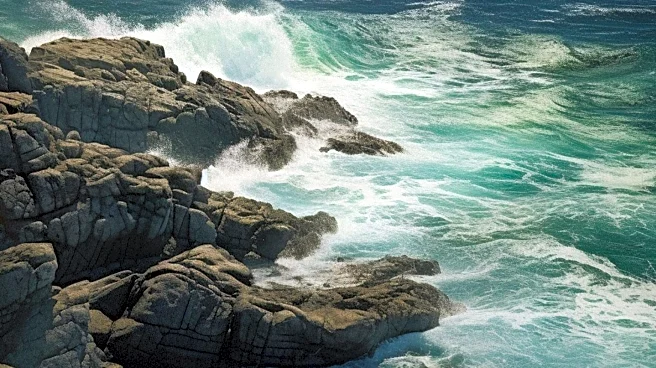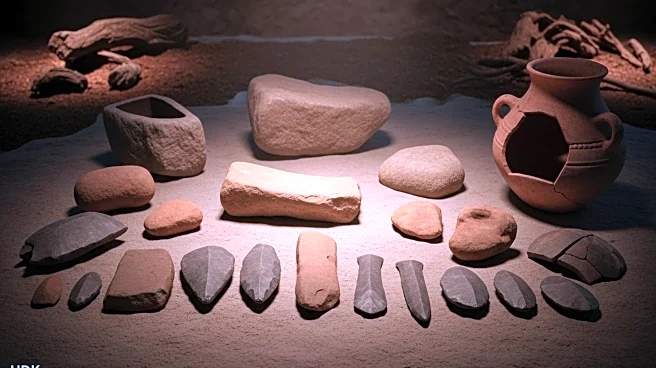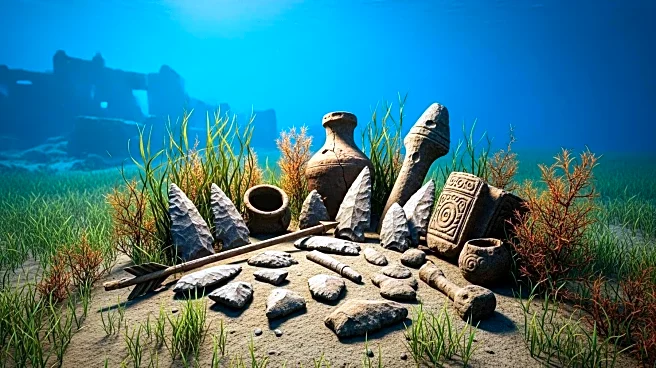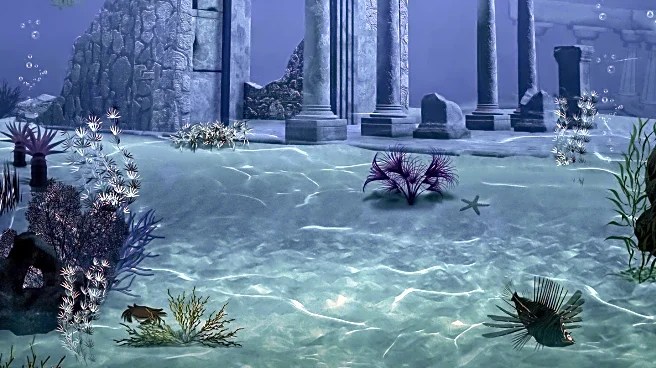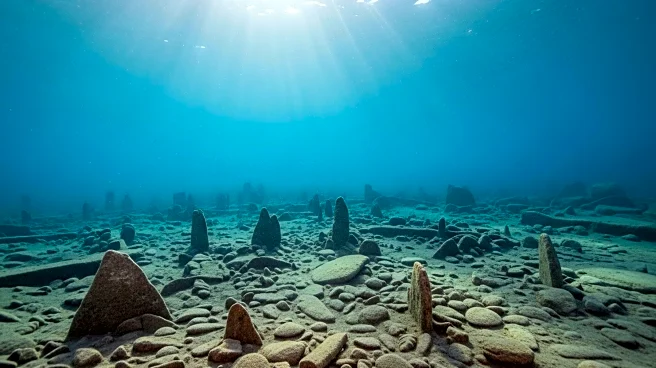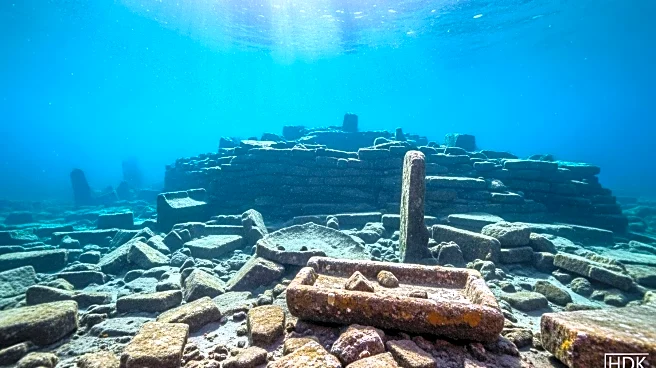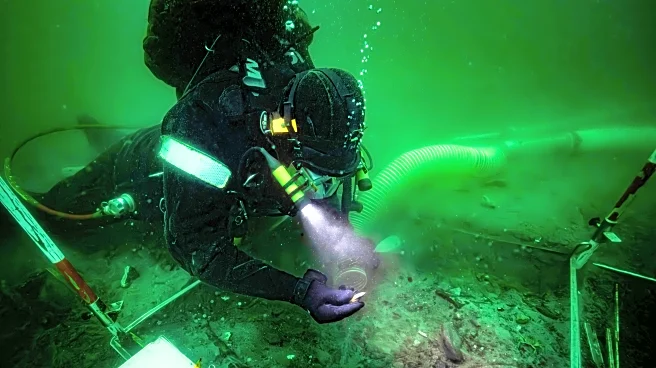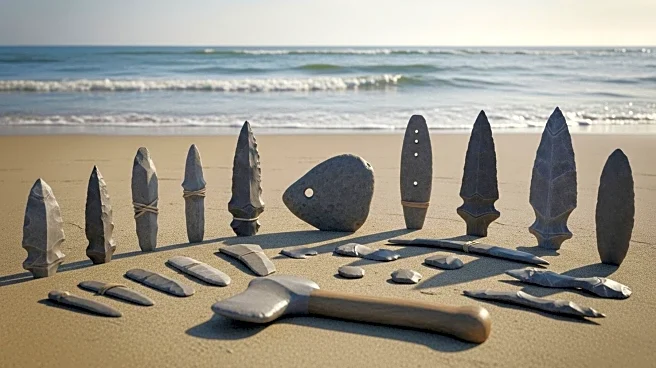Rapid Read • 7 min read
A six-year, $15.5 million international research project has discovered a Stone Age settlement beneath the Bay of Aarhus in Denmark. Funded by the European Union, the project aims to map the seabed across the Baltic and North Seas, areas increasingly used for offshore wind farms. Led by researchers from Moesgaard Museum in Denmark, the University of Bradford in the UK, and the Lower Saxony Institute for Historical Coastal Research in Germany, the project seeks to uncover ancient settlements submerged due to sea level rise following the last ice age 8,500 years ago. Divers have recovered various artifacts, including animal bones, stone and wooden tools, and seal teeth, from 26 feet below the surface. The findings are preserved in an oxygen-free environment, effectively creating a time capsule. Researchers are using tree rings to date the settlements and understand historical sea level changes.
AD
The discovery provides valuable insights into how ancient civilizations adapted to significant environmental changes, such as rising sea levels. Understanding past sea level changes can inform current climate change models and predictions, offering lessons on resilience and adaptation. The research highlights the importance of preserving historical sites and the potential impact of modern developments like wind farms on underwater archaeology. The findings could influence policies related to climate change adaptation and cultural heritage preservation, benefiting both scientific communities and policymakers.
Researchers plan to continue excavations, hoping to uncover more artifacts, including fishing equipment, which could provide further insights into the daily lives of Stone Age peoples. The study of submerged tree rings will continue to refine the understanding of historical sea level changes. The project may lead to increased collaboration between archaeologists and climate scientists, potentially influencing future research and policy decisions regarding climate change adaptation and cultural heritage preservation.
AD
More Stories You Might Enjoy
